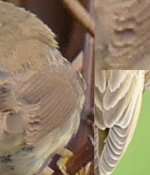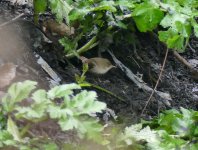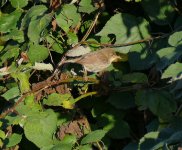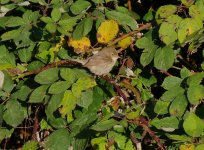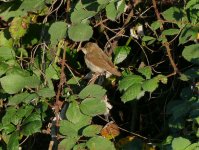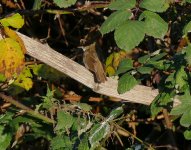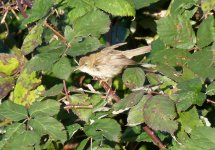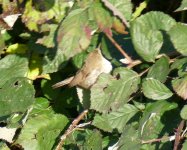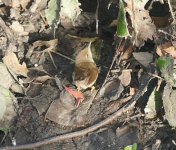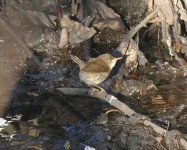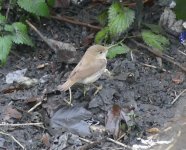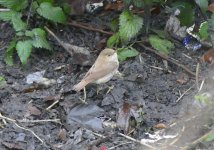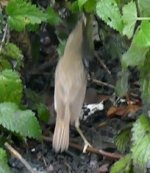I just love these Acros........... and another who would like to praise Ken for his images, your persistence has paid off.
I'm please Jane too felt that it looked short winged (in some images at least) and visually fairly evidently not a Marsh Warbler. Thought i was getting it all wrong!
Whatever it is, it is a fascinating individual. I know its not one, but it sometimes does look very BRW-like in some images. Sometimes one really does need to see a bird in the flesh.
Thanks Nick, I think the real praise should go to Stuart Fisher (also finding in the area during recent years...Melodious and Yellow-browed Warblers).
For patchwork birding over the last few years this glorified ''Traffic Island'', probably one of the most incongruous places that one could imagine,
currently hosting amongst other things I suspect, the highest yield of ''December Trans-Saharan migrants'' along a 50metre stretch of brook within the UK.
I believe the ''Island effect'' (a mini self-contained ecosystem), isolated by the urban sprawl, rich in introduced/endemic shrubs and plants e.g.Japanese knotweed, Buddleia, Elder, Nettle, Giant Hogweed, Reed mace, etc.
All supporting diverse invertebrate species, to include Moorhen, Water Rail, Chiff Chaff, Wren, Robin, Chaffinch, Greenfinch, Goldfinch, House Sparrow, clouds of Starlings and Gulls overhead plus a healthy Brown Rat population.
Not ''yer average'' birding spot, but then...nor is the current yield!
Cheers




